On Perceived Motion and Figural Organization
$37.80
Description
Two seminal articles by a founder of the Gestalt school of psychology, newly translated and accompanied by essays that connect his work to current research.
There are few articles in science that remain relevant over a span of 100 years; Max Wertheimer’s pioneering experimental studies on apparent motion and figural organization are notable exceptions. Wertheimer’s 1912 account of motion perception started a revolution and established the Gestalt school of psychology. It also paved the way for further investigations of apparent motion perception, including subsequent research by Oliver Braddick, Stuart Anstis, Vilaynur Ramachandran, and others. Wertheimer’s 1923 article on figural organization (known as the “dot study” for its numerous examples of dot patterns) helped define grouping as a principle of figure-ground perception. This book provides contemporary readers and researchers with Wertheimer’s two pivotal articles, newly translated into English and each accompanied by a synopsis, and two essays on apparent motion and figural organization that describe the long-term impact of Wertheimer’s work.
The translation of the original German into readable English prose allows English-language readers for the first time to appreciate Wertheimer’s visionary ideas. The accompanying essays tie Wertheimer’s phenomenological descriptions to the underlying neuronal mechanisms, bridging the years between the articles’ first publication and modern research.
Author: Wertheimer, Max, Editor: Spillmann, Lothar, Contribution by: Wertheimer, Michael, Contribution by: Watkins, K W, Contribution by: Lehar, Steven, Contribution by: Sekuler, Robert, Contribution by: Sarris, Viktor, Contribution by: Spillmann, Lothar
Topic: Psychology
Media: Book
ISBN: 262017466
Language: English
Pages: 296
Additional information
| Weight | 1.33 lbs |
|---|---|
| Dimensions | 9.34 × 6.38 × 1.01 in |


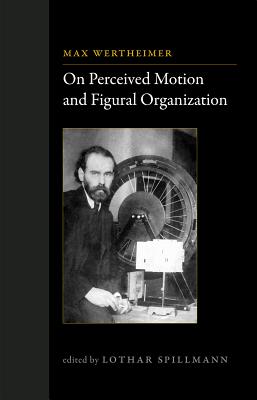

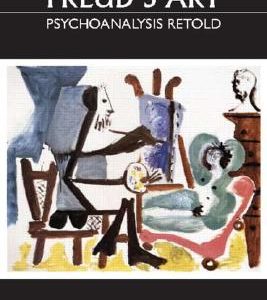


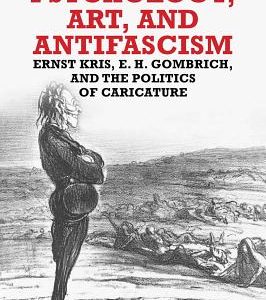


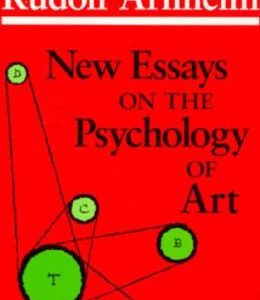


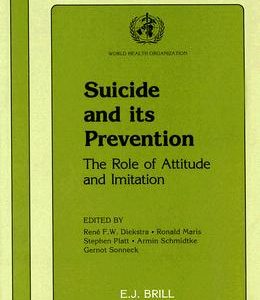

Reviews
There are no reviews yet.